How to change a dishwasher condenser?
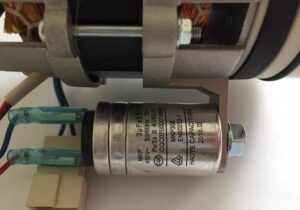 Dishwasher condenser failure usually occurs suddenly. For example, PMM may at one point simply stop washing dishes well, for no reason. This will begin to happen due to the fact that the condenser will stop running the circulation pump, pressure will not be created in the device, so the dishwasher will not be able to wash away food residues that have stuck to the dishes with a powerful stream of water. In this case, only replacing the dishwasher condenser will help. We’ll tell you right now how to find it and replace it with your own hands.
Dishwasher condenser failure usually occurs suddenly. For example, PMM may at one point simply stop washing dishes well, for no reason. This will begin to happen due to the fact that the condenser will stop running the circulation pump, pressure will not be created in the device, so the dishwasher will not be able to wash away food residues that have stuck to the dishes with a powerful stream of water. In this case, only replacing the dishwasher condenser will help. We’ll tell you right now how to find it and replace it with your own hands.
How to get to the capacitor?
Unfortunately, this is a fairly common situation when the machine heats the water and works, but washes all the dishes very poorly. When starting up, there is a feeling that the pump is not working, although it hums very loudly, so the device is physically unable to wash away food residues. To fix this, you need to get to the capacitor and test it.
- First of all, it is worth removing the side panels of the PMM on both sides so that you have access to all the necessary parts that can be checked just in case.
This is how you can also visually check the integrity of the heating element, as well as measure its resistance in Ohms in order to know for sure that the problem is in the capacitor.
- Now you need to unscrew the pump mounting bolt located at the very bottom of the dishwasher. Usually the pump is held on by only one bolt, so after unscrewing the part will be released.
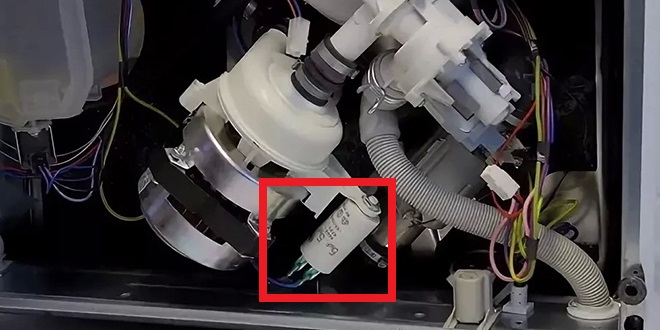
- Next, you need to remove the bottom cover of the dishwasher and carefully disconnect the terminals of the sensor that is installed on the cover in order to monitor the water level.
- Afterwards, you can visually inspect the pump and disconnect the capacitor for testing.
If you are not confident in your abilities, take a photo of the connection of the capacitor to the pump so that you do not make mistakes when reassembling the dishwasher.
The part is disabled, you can carry out tests, and then proceed to replacement, if necessary. As you can see, you can do this yourself, without the involvement of a master.
Checking and replacing parts
If the PMM heating element is in order, then the problem is in the pump, which can hum strongly during operation of the heating element, but will not start. And if the pump motor has already been checked, and it rotates freely, but does not turn on, then the problem can only be in the capacitor.
Most often, the capacitor capacity is 5 Microfarads. To check its condition, the part needs to be connected to a transistor tester, for which a regular semiconductor device tester Mtester V2.07 is perfect. If the device shows a value much less than 5000 Nanofarads, then the capacitor has lost its charge during active use, so it must be urgently replaced.
Buy a new part, preferably an original one, so that it fits your dishwasher model. Cheap capacitors will also work, but they can cause installation problems as they usually don't have a bolt to attach to the pump. Therefore, for such a device you will first have to make a mounting bolt with your own hands, and then attach it using glue, which can be very unreliable and short-lived.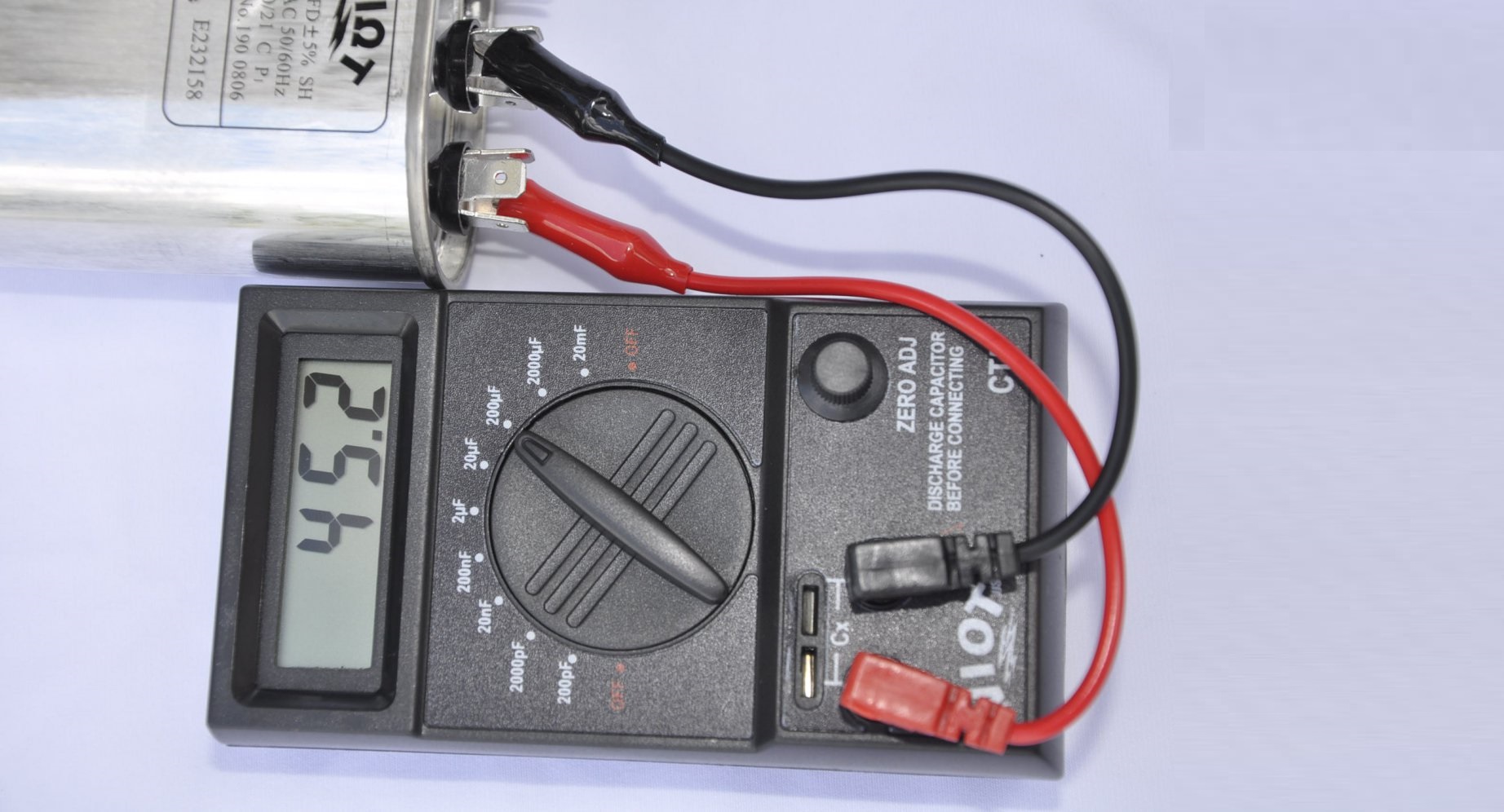
When the capacitor is purchased and ready for installation, you need to carry out all the manipulations according to our instructions in reverse order, assemble the machine and arrange a test wash.If, after drawing water, the pump began to turn on without a loud hum, and all the dishes became crystal clean again after the operation cycle, then the repair was successful. Always pay close attention to all the extraneous sounds that your “home assistant” makes, because this may be the first signal that something is wrong with the device.
Interesting:
Reader comments
- Share your opinion - leave a comment

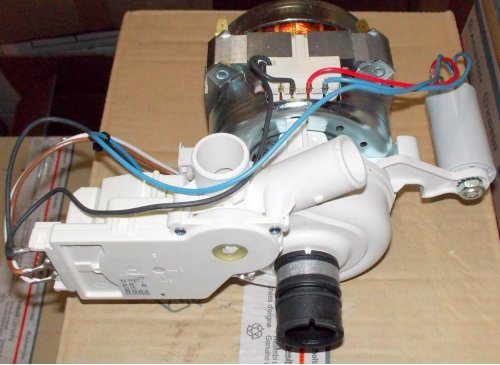
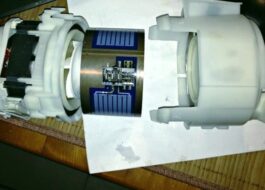
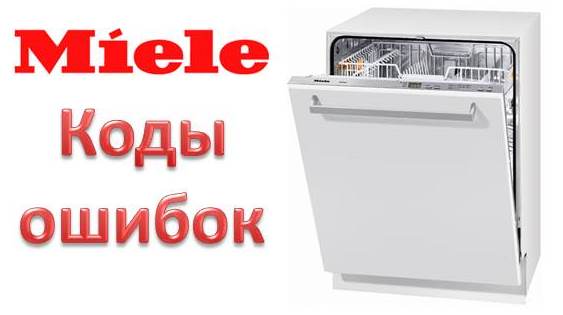
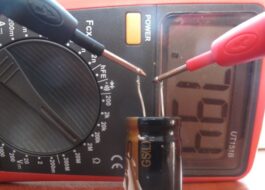
















Add a comment